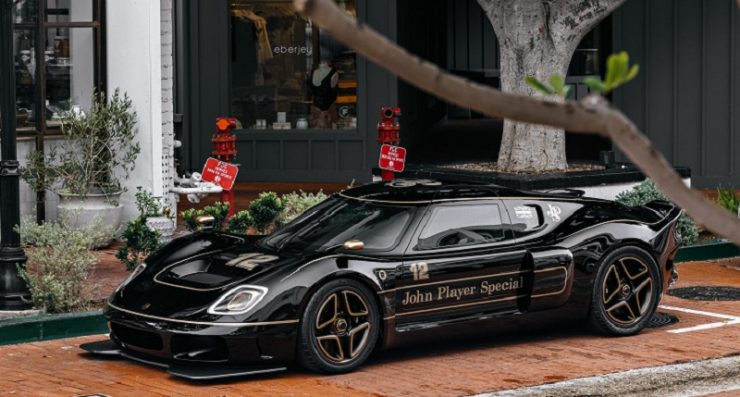LOTUS officially presents a variant of the Radford Type 62-2 John Player Special (JPS) edition which comes wrapped in carbon ceramic brakes and only 12 units were produced.
“The John Player Special Type 62-2 is the most extreme Type 62-2 money can buy,” said former F1 champion Jenson Button, co-owner of the Radford.
This car is low-key, he continued that sleek and powerful, and features one of the most iconic racing livery ever made—one of the livery that Formula 1 heroes like Emerson Fittipaldi and Ayrton Senna used to race, in a car that made me want to be a driver.
“Similar to the Gold Leaf Edition, the JPS Type 62-2 is an ultra-exclusive coachbuilt reimagining of what the classic Lotus Type 62 had. The car has a new aluminum chassis from Lotus,” said Jenson Button as quoted from Carscoops recently.
For power, this supercar is unquestionable thanks to the presence of various parts that have been calculated starting from the weight and strength. The JPS is powered by an engine that can produce as much as 600 hp, namely the supercharged 3.5-liter V6 engine, the most powerful offered by Radford.
To deal with the power generated, the JPS Type 62-2 comes with AP Monobloc brake calipers with 360 mm fully carbon-ceramic rotors. These brakes are surrounded by Dymag carbon composite wheels measuring 18 inches at the front and 19 inches at the rear.
Currently, the bodywork also appears more extreme on other versions of the JPS model. The splitters are more prominent than in the Type 62-2 Classic or Gold Leaf. Larger intakes and a diffuser that extends to the rear also give a more extreme impression.
“The JPS Type 62-2 is even more dynamically focused and extremely capable on road and track – incredibly light, incredibly fast and agile – a precise attack on the senses that will endure even among the most accomplished track cars,” Button remarked.
The John Player Special Type 62-2 will make its public debut next week at Goodwood Revival. Production is expected to start before the end of 2021 and first deliveries are expected in 2022. [antaranews/photo special]
















